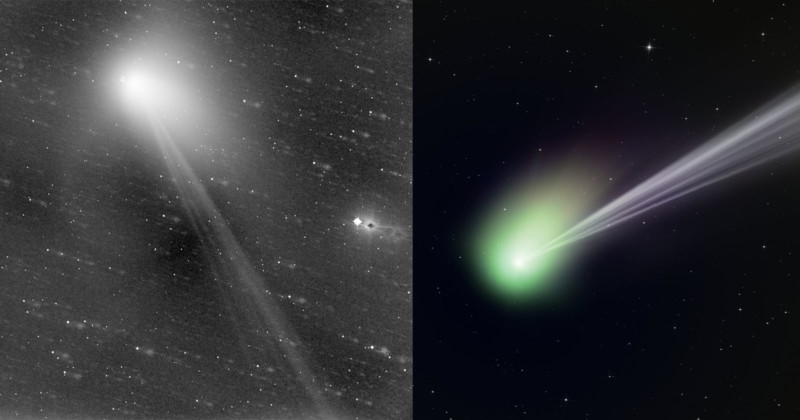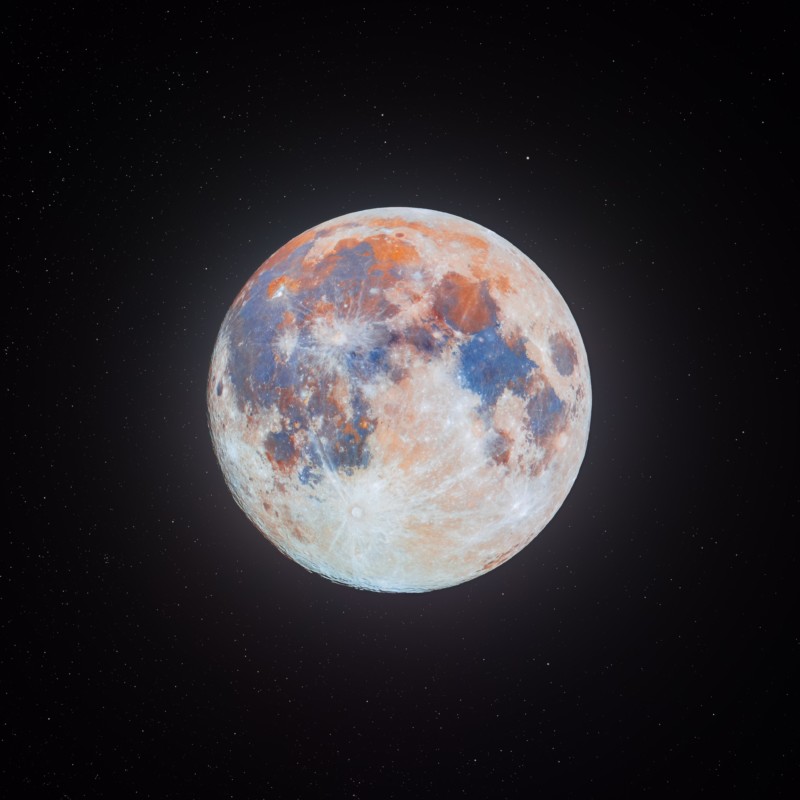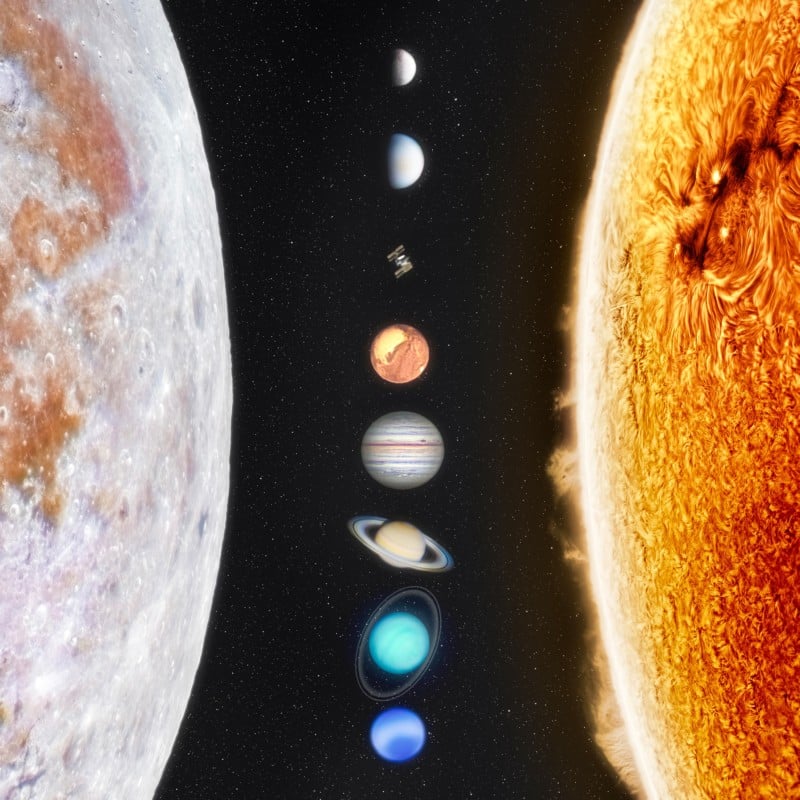Astrophotographer Andrew McCarthy Defends his ‘Art-Influenced’ Images

Noted astrophotographer Andrew McCarthy has taken to social media to address some of the “drama” associated with his work.
After the release of a documentary about him this week, McCarthy took to Twitter admitting that some of his peers call his work “misleading” before questioning astrophotography orthodoxy.
“Astrophotography is based around the principles that there is an objectively ‘right’ way to capture these objects, and anything outside of that is wrong,” he says. “I butt heads with many of my peers on this.”
With the recent release of "Moonshot" I realized it's the first time many of you have seen the human behind the camera. I thought I'd make this thread to tell you a bit about how and why I do this, (and some of the drama associated with my work, because why not). pic.twitter.com/jRQoBa62US
— Andrew McCarthy (@AJamesMcCarthy) February 7, 2023
Some of the criticism leveled at McCarthy is that he overprocesses his data and uses artificial intelligence (AI) editing tools.
“His images are far more art than they are astrophotography,” writes one critic. “There are astrophotographers out there that have produced far, far superior images than he has and are the ones who deserve this level or recognition.”

McCarthy says that he is not a scientist and admits there are photographers who are “far better from a technical standpoint.”
However, McCarthy is arguably the best-known astrophotographer in the world and part of the reason is because of his artistic eye.
“I didn’t start as an astrophotographer,” he explains. “I actually started as a digital artist, I loved making space-themed images for computer backgrounds.”
He continues: “When I bought a telescope, my hope was to incorporate real photos into my digital art. As my work evolved, it started to get more attention from the astrophotography community. While a lot of the reception was positive, much was negative as well.”

McCarthy says a lot of astrophotographers believe that art and space pictures don’t mix.
“A great example is this recent image of the comet. In the thread, I stated how processed it was due to being captured through haze (as well as including my RAWs), but peers called the image misleading as a result, despite my efforts in transparency and to stay true to the data.”
![]()
He says that while he has now transitioned to be “100%” an astrophotographer, his artistic influence remains.
“Is there a ‘right’ way to produce something that is solely done for the artistic spectacle? How much saturation is too much, for example? Is anything aside from what your eyes can see misleading?,” He writes.
“Astrophotography is so technical by nature that it’s largely inaccessible. I have deep respect for my peers, but the technical nuance they pursue is only appreciated by those that know what they’re looking at.
“I’m going to capture what I want, however I want, because I think it looks cool. I’ll always be transparent about my process and what you’re looking at, but my goals are to make cool images and inspire others to love space as much as I.”
More of McCarthy’s work can be found on his Instagram, Twitter, and website.
Image credits: All photos by Andrew McCarthy.